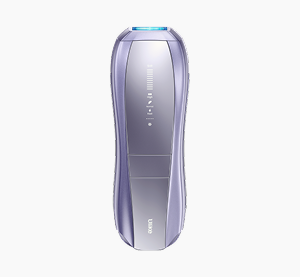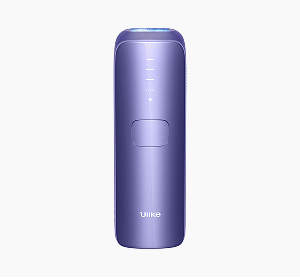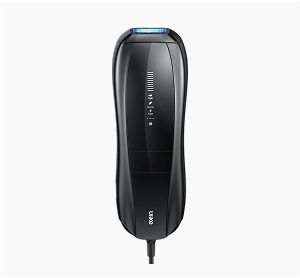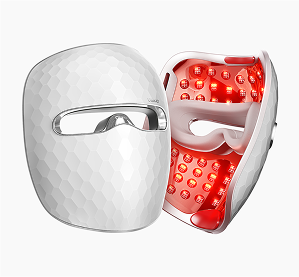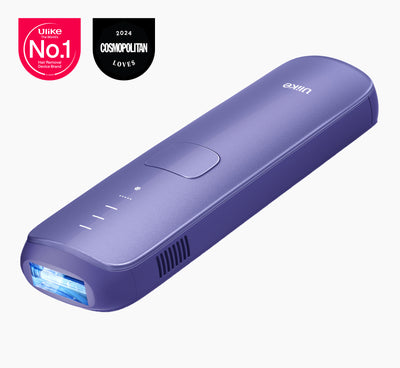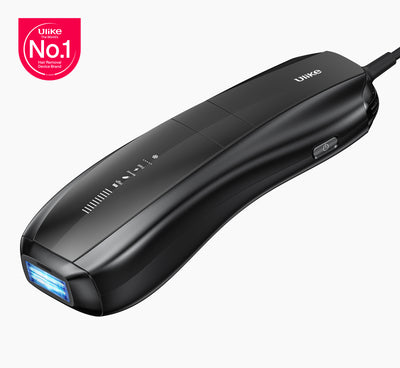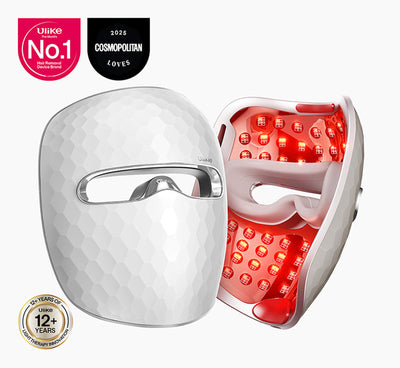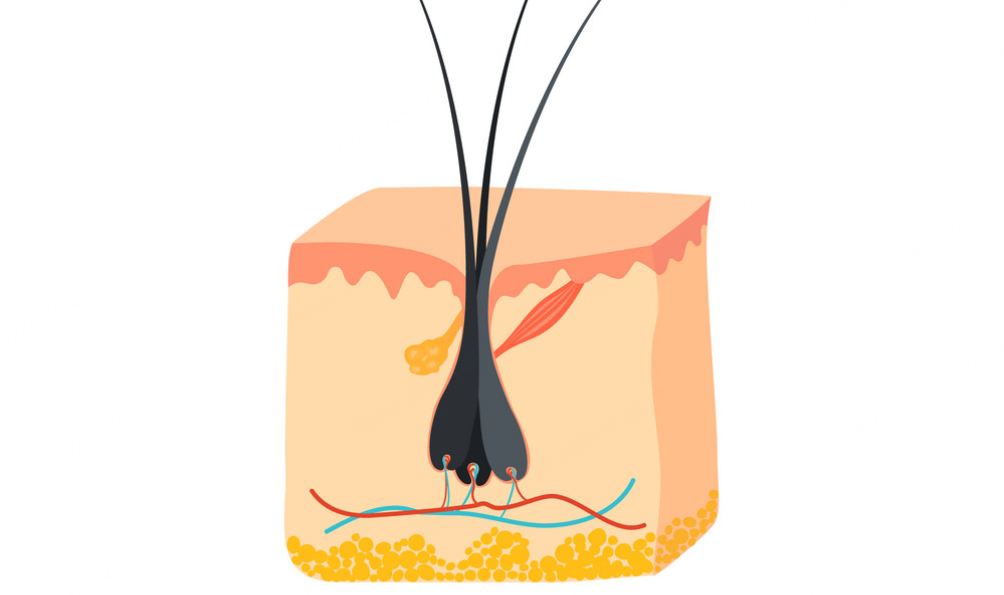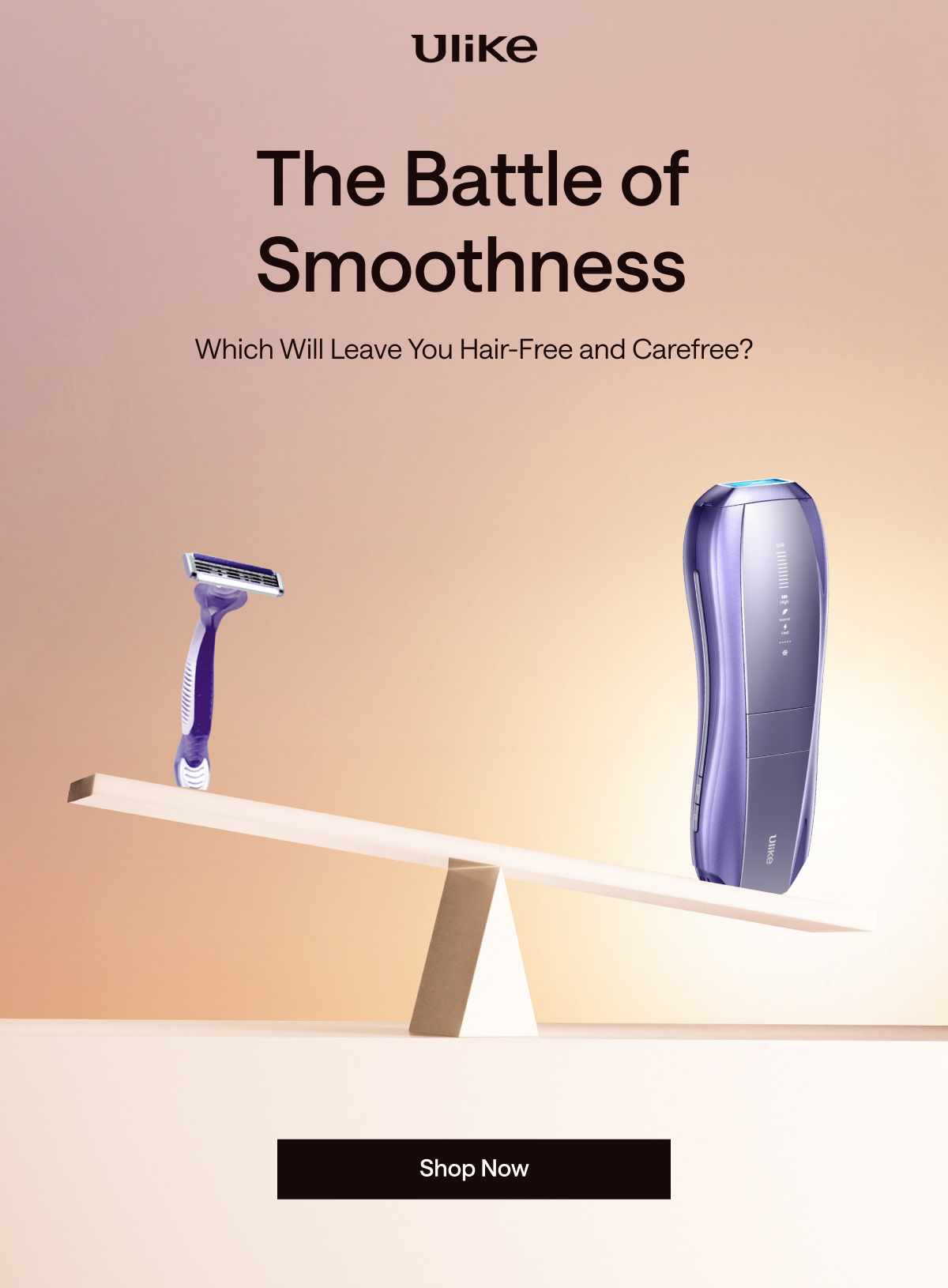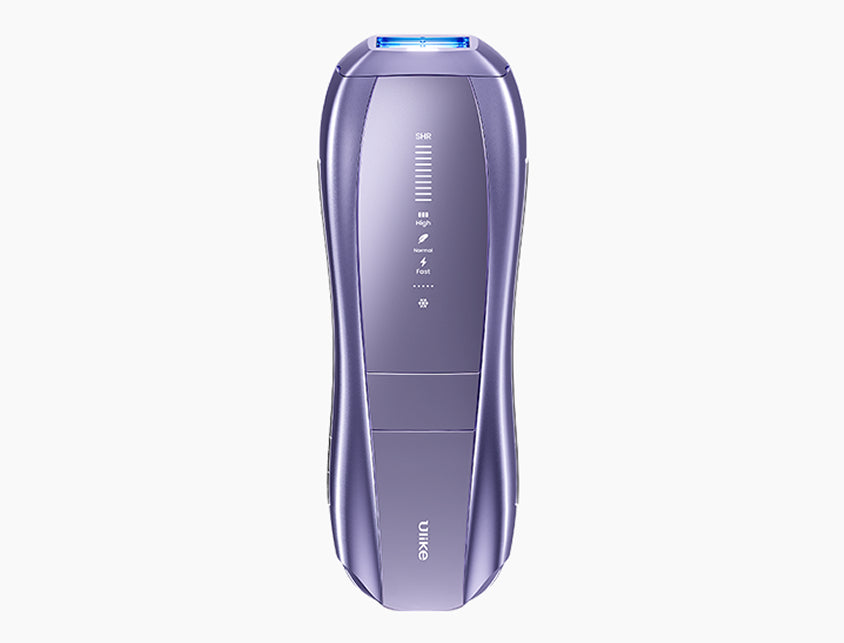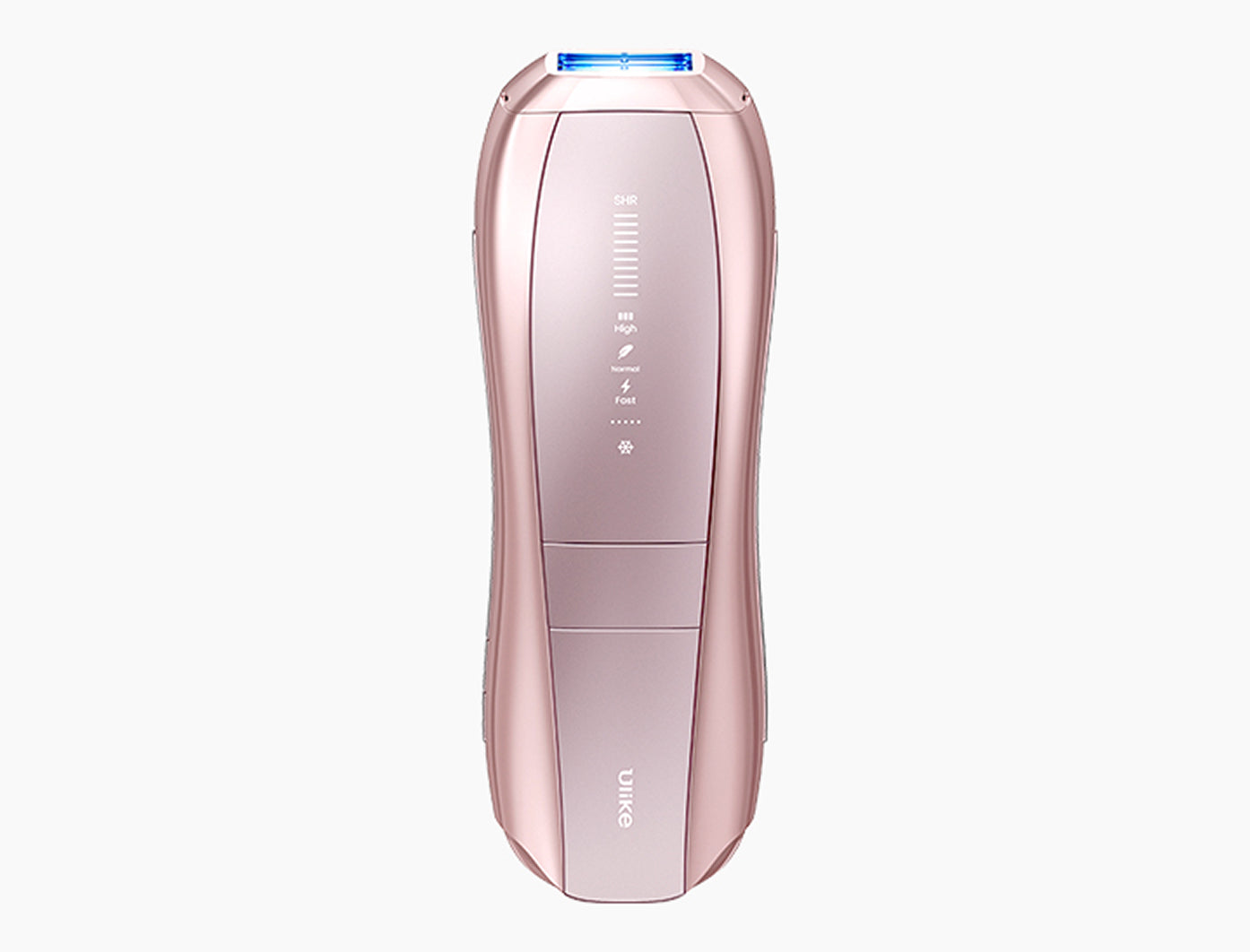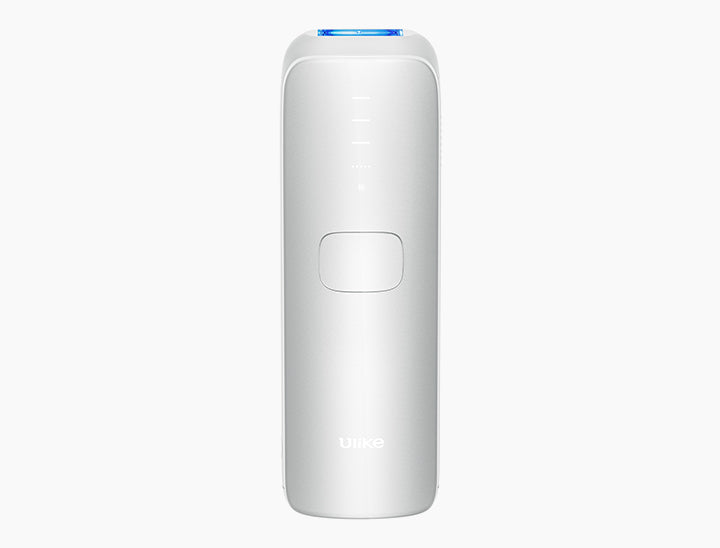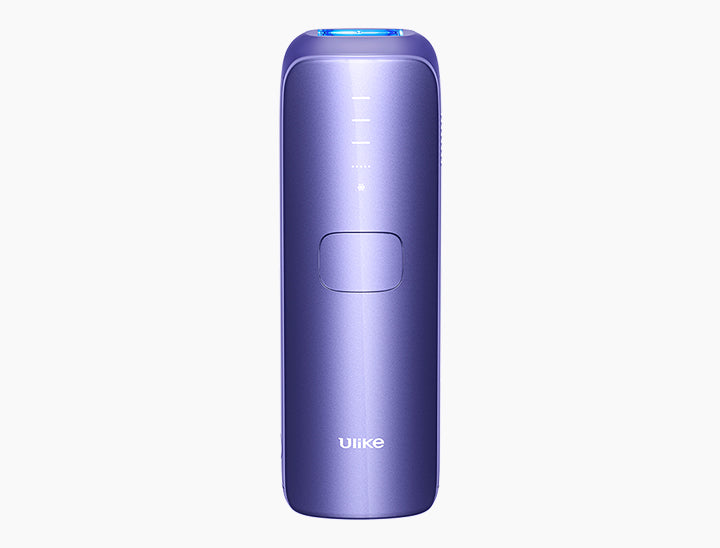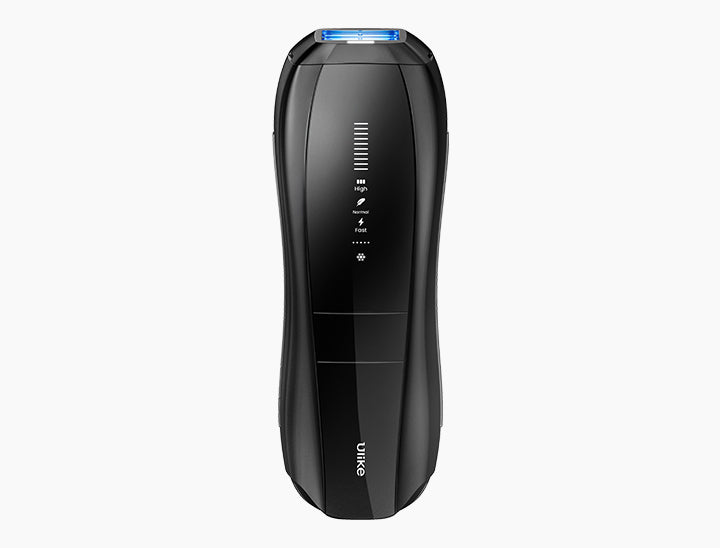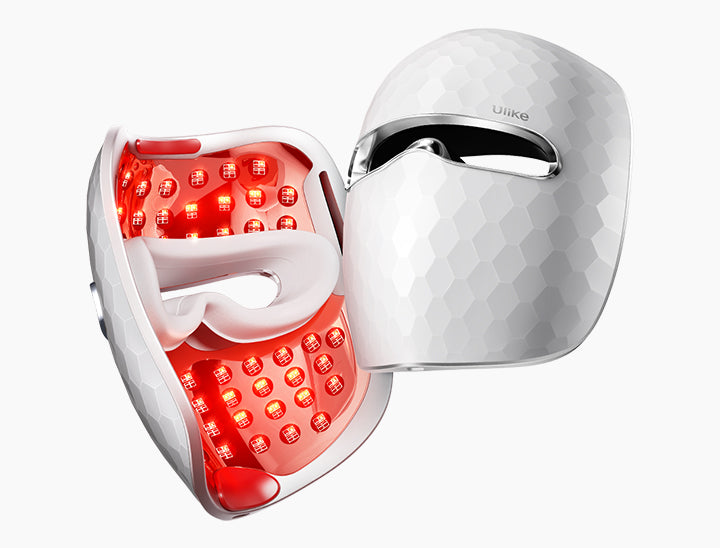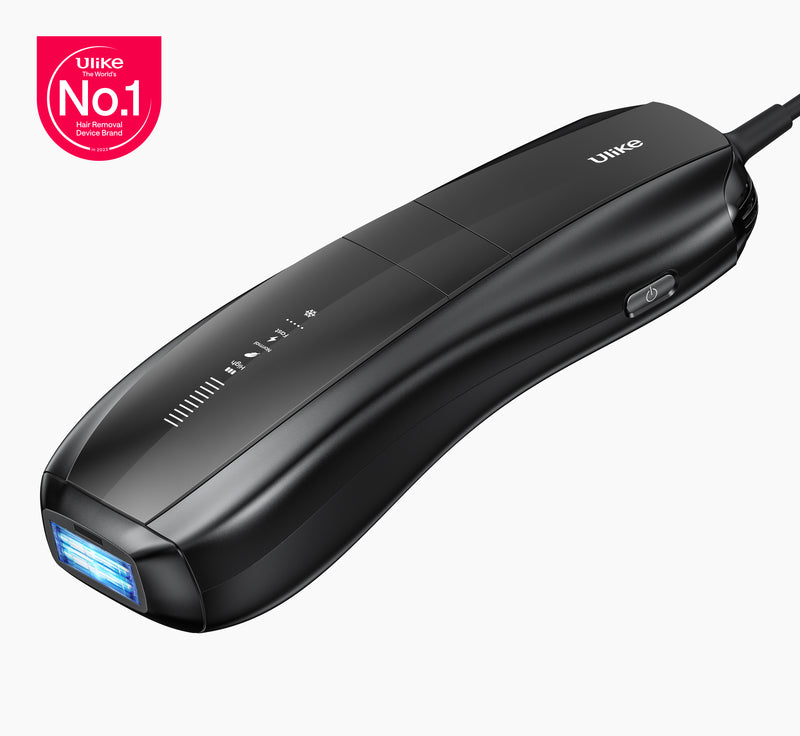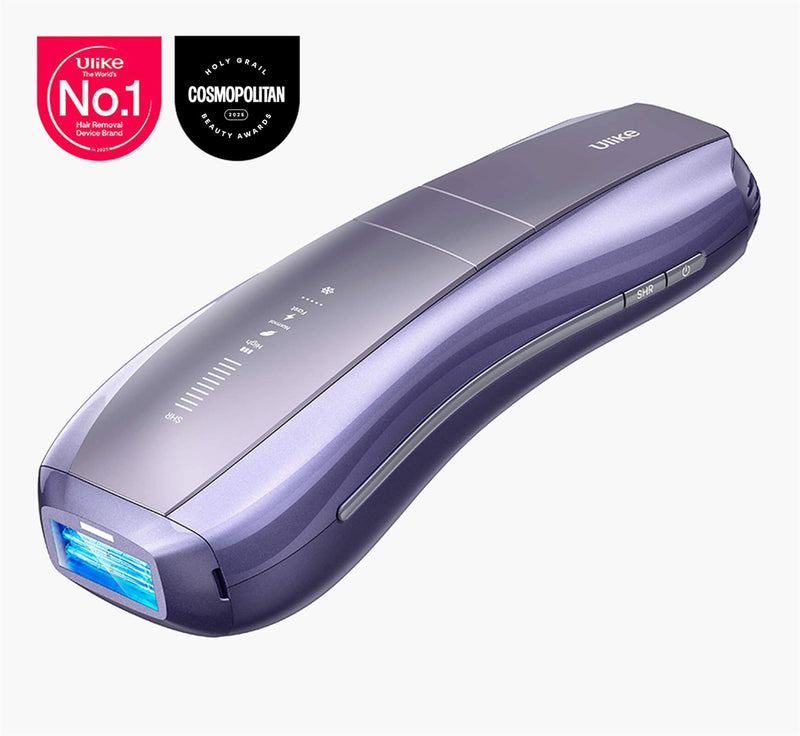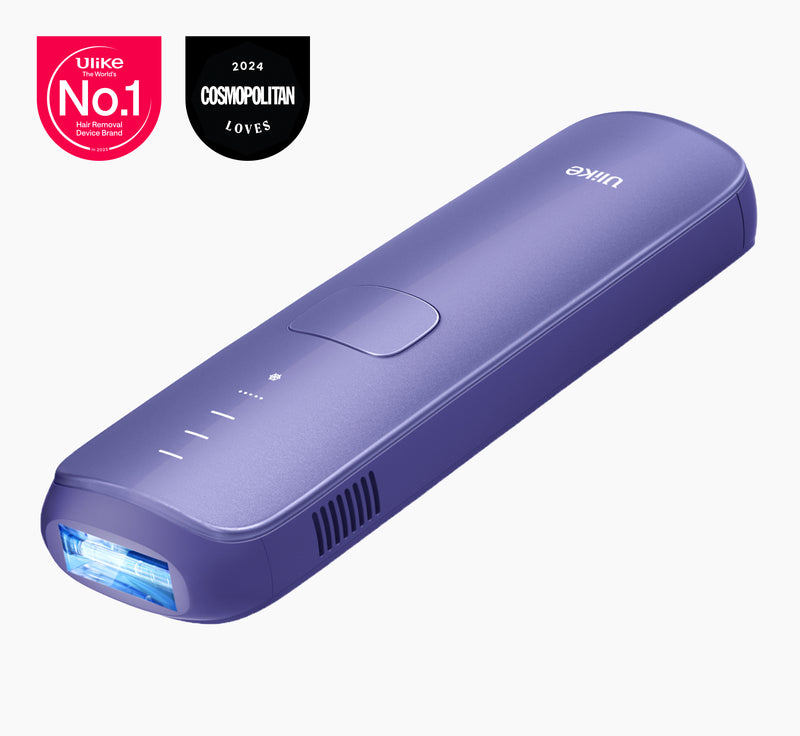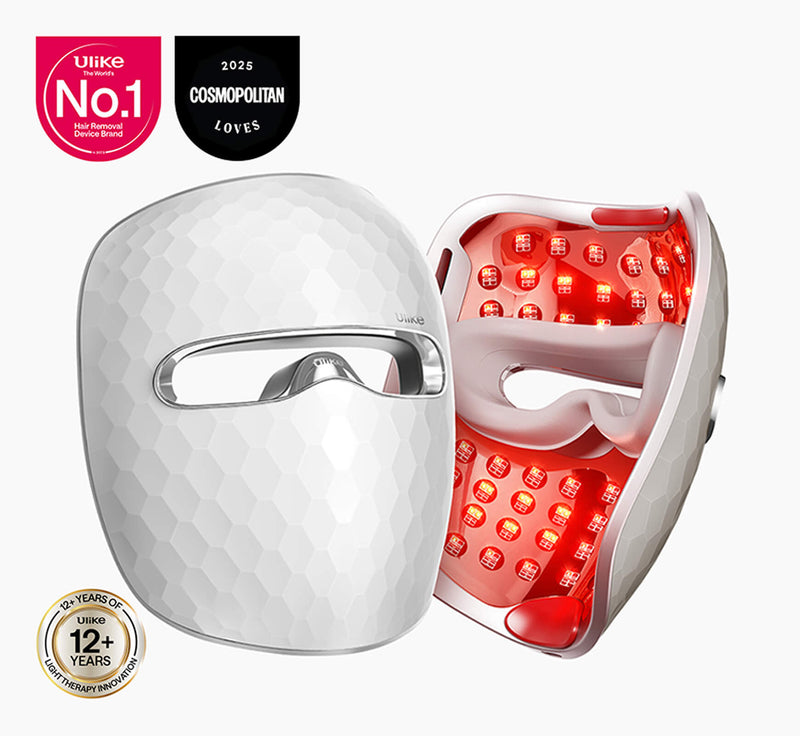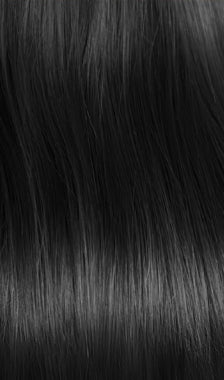We all enjoy a good two-for-one deal, but does the same hold for stray hairs?
If you’ve ever experienced two hairs growing from the same follicle, you can finally put a name to it! This condition is called pili multigemini, and it’s most common on the scalp (especially in children) and men’s beards, but it can also appear in the armpits and pubic area of men and women, sometimes causing irritation after shaving or waxing. It’s characterized by multiple hair shafts within one follicle.
While harmless, pili multigemini can be frustrating for those looking for smooth skin. Let’s explore why it happens, how to manage it, and the best hair removal methods, including IPL therapy.
Pili multigemini refers to a condition where two or more hairs grow from a single follicle, which can lead to an uneven appearance on the skin. Understanding its causes and management options is essential for those affected.
How Can Two Hairs Grow in One Follicle?
Pili multigemini, also known as “compound hairs,” occurs when a single hair follicle produces multiple hair shafts instead of just one. Normally, each follicle contains a hair matrix, which generates a single hair. However, in pili multigemini, this matrix partially splits, leading to the formation of two or more hairs per follicle.
The Mechanism Behind Pili Multigemini
Think of a hair follicle like an onion bulb — it grows beneath the surface and its deeper layers control hair production. With pili multigemini, the hair matrix divides, allowing multiple hair shafts to emerge from the same follicle opening.
This can happen anywhere on the body, but it’s most noticeable in areas with coarse hair, such as the scalp, armpits, and pubic area.
These areas are more likely to exhibit pili multigemini due to their thicker hair textures, which can make the phenomenon more visible.
What Causes Multiple Hairs in One Follicle?

While the exact cause of pili multigemini isn’t fully understood, several factors can contribute to it:
Research suggests that multiple factors, including hormonal fluctuations and genetic predisposition, may play a role in this condition.
1. Hormonal Changes
- Puberty, pregnancy, PCOS, and menopause in women can stimulate hair follicles abnormally.
- In men, hormones like testosterone and dihydrotestosterone (DHT) can trigger coarse hair growth in a single follicle.
These hormonal shifts can lead to an increase in hair follicle activity, resulting in the growth of multiple hairs in one follicle.
These hormones can stimulate the hair follicles, potentially leading to thicker and denser hair growth in certain areas.
2. Skin Conditions & Follicular Damage
- Folliculitis, blocked pores, ingrown hairs, or infections can alter normal hair growth.
- Shaving, waxing, or harsh hair removal methods can cause repeated trauma, leading to defensive overgrowth of hairs in one follicle.
These conditions can disrupt the normal hair growth cycle, leading to abnormal hair follicle behavior and increased hair growth.
Persistent trauma from these methods can lead to changes in hair growth patterns, including pili multigemini.
3. Genetics
- If your family members have pili multigemini, you may be more likely to experience it too.
This hereditary tendency suggests a genetic component that may influence the likelihood of developing this condition.
Best Ways to Remove Multiple Hairs in One Follicle
Pili multigemini is harmless and it’s likely one of those things that, if you have it, only you notice it, but many people choose to remove these BOGO hairs for smoother skin. Here’s a breakdown of the best removal methods.
1. Shaving

- Quick and painless (barring nicks and ingrown hairs), but doesn’t address the follicle root.
- Dermatologists recommend shaving in the direction of hair growth to avoid irritation, especially in sensitive areas like the pubic region.
Shaving against the grain can lead to irritation and discomfort, so following the natural direction of hair growth is crucial for a smoother experience.
2. Waxing & Threading

- Waxing removes hair from the root but can increase follicular trauma, leading to ingrown hairs or worsening the condition.
- Threading is effective for small areas like the face but may cause irritation.
- Avoid wearing tight clothing after waxing or threading to minimize irritation and the likelihood of multiple hairs in one follicle occurring.
While waxing can provide a cleaner look by removing hair from the root, it is important to be aware that it may also lead to skin issues like ingrown hairs, which can be uncomfortable.
Wearing loose clothing can help reduce friction on freshly waxed or threaded skin, thereby minimizing irritation and discomfort.
3. Electrolysis
- A permanent hair removal method that destroys follicles with an electric current.
- Highly effective, but expensive and time-consuming.
Due to its effectiveness, many consider electrolysis a worthwhile investment, although it may require multiple sessions to achieve desired results.
4. Laser Hair Removal
- Uses light energy to destroy hair follicles.
- Effective for long-term hair reduction, but multiple sessions are required.
Laser hair removal is often preferred for its long-term results, but it may also require several sessions to effectively target all follicles.
Multiple sessions are necessary to achieve optimal results, as hair grows in different cycles.
5. IPL (Intense Pulsed Light) Therapy
- IPL is a cost-effective and at-home alternative to laser treatments.
- It targets melanin in hair follicles, reducing hair regrowth over time.
- Ideal for treating two hairs in one follicle, especially in the armpits and pubic area.
IPL therapy provides a convenient option for those looking to manage hair growth without frequent salon visits.
Reducing hair regrowth can lead to smoother skin over time, making IPL a popular choice for long-term hair management.
Especially effective in these sensitive areas, IPL can help manage hair density and improve skin appearance.
Using IPL for Pili Multigemini

If you’re considering IPL for multiple hairs in one follicle, adjusting energy levels is crucial for safety and effectiveness. Below are recommended IPL energy settings for treating pili multigemini in the most common areas (armpits and pubic area) using the Ulike Air 10 IPL Hair Removal Device:
- Start with a patch test on a less sensitive area of the leg (such as the inner thigh). Wait 2 hours after testing to see if you’ve had any adverse reactions. If not, proceed to a full treatment.
- Start on the lowest intensity setting (Fast Mode) and gradually increase based on your comfort level. Coarse hair responds better to higher energy settings, but given the sensitivity of the skin in this area, you’ll need to find a balance that works for you.
- Hold the device at a 90° angle and press the contact window firmly against the skin.
Precautions & Skincare Tips
1. Avoid Harsh Hair Removal Methods
- Repeated waxing and shaving can irritate follicles, increasing the risk of multiple hairs growing in one follicle.
- IPL, laser, and electrolysis are gentler long-term solutions.
Avoiding harsh methods is crucial for maintaining healthy hair follicles and preventing complications.
These methods can provide a more effective and less irritating approach to long-term hair removal.
2. Maintain a Skincare Routine
- Exfoliate regularly to prevent ingrown hairs and follicle blockages.
- Keep skin hydrated to minimize follicular stress.
- Avoid harsh chemicals like bleach, which can weaken hair follicles and trigger irregular growth.
Regular exfoliation helps to remove dead skin cells, which can clog hair follicles and lead to ingrown hairs, thus promoting overall skin health.
Keeping skin hydrated is essential as it enhances skin elasticity and resilience, which can help reduce the risk of follicular stress.
Avoiding harsh chemicals is important because they can disrupt the natural balance of your skin, potentially leading to issues with hair growth.
FAQs
Is pili multigemini dangerous?
No, pili multigemini is a harmless cosmetic condition. However, it can cause itching or irritation in some cases. If scratched or improperly treated, it may lead to complications such as infection.
While pili multigemini is not dangerous, it’s important to manage any associated discomfort to avoid complications and maintain skin health.
Can IPL remove two hairs in one follicle?
Yes! IPL can reduce and manage pili multigemini by weakening the hair follicle over time. Some users experience fewer regrowing hairs per follicle after consistent IPL treatments.
IPL treatments may provide a gradual reduction in hair growth, leading to smoother skin and fewer hairs per follicle over time.
Can home remedies prevent multiple hairs in one follicle?
While home remedies like exfoliation and hydration can support healthy hair growth, they won’t stop pili multigemini from occurring. For long-term results, IPL or laser therapy is recommended.
Although home remedies can support healthy hair growth, they are generally not effective in addressing the root causes of pili multigemini.
Final Thoughts
If you’re noticing two hairs in one follicle, especially in the pubic area or armpits, fret not — it’s a common and harmless condition. While the exact cause isn’t always clear, hormonal changes, skin irritation, and genetics can play a role.
For smooth skin, consider IPL therapy or laser hair removal, as they provide long-term hair reduction with minimal irritation. Pair this with a proper skincare routine to keep your follicles healthy and prevent further issues.
Combining IPL or laser hair removal with a diligent skincare routine can optimize results and help maintain healthy skin and hair follicles.
In conclusion, understanding the reasons behind having two hairs in one follicle is essential for effective hair management.
Would you try IPL for pili multigemini? Let us know in the comments!
IPL treatment may offer a solution for those dealing with pili multigemini, so share your experiences or questions in the comments!

